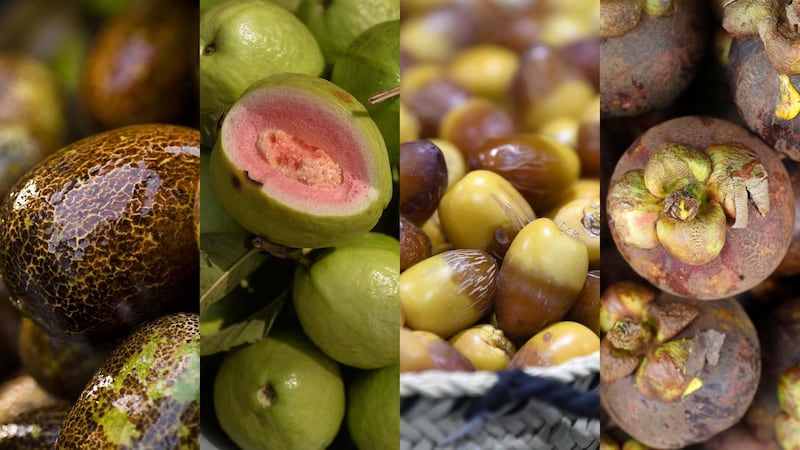Ingredients that would be described as “exotic” in many other countries around the world are commonplace here in the UAE, thanks to our proximity to South Asia.
From fresh coconut to bundles of mulukhiyah, our local corner stores, which are known as baqalas, are filled with reasonably priced superfoods we should all be experimenting with.
Here are a few of the most health-boosting items we could find.
Vegetables
Dosakai
What is it? This is yellow cucumber from India that can be eaten raw or cooked. When untouched, the flesh is a bit sour and tart, with slightly bitter seeds. When heated, it's got a tangy, sweet flavour that works well in a variety of dishes, such as curries, stews and stir-fries. You could also try pickling it.
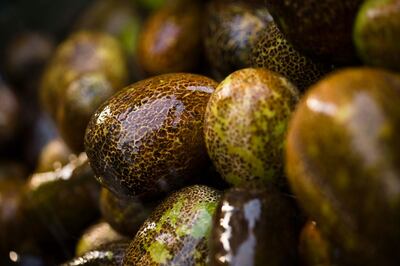
Why is it good for you? It's a rich source of dietary fibre and contains vitamin C, E and K, as well as potassium and magnesium. It is also said to help eliminate toxins from the gut.
Taro
What is it? This root vegetable is particularly prevalent in the Pacific Islands, but here it's known as gulgas or aravi (to name two) and you can pick it up at the supermarket for a bargain price. It's starchy and incredibly versatile; it can be boiled, steamed or oven-baked – as long as it's thoroughly cooked through. It has a mild, sweet flavour and is similar to a sweet potato. Use it in sweet or savoury dishes, and even smoothies.
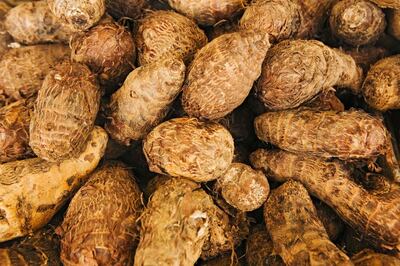
Why is it good for you? It's high in carbohydrates, so it's a good source of energy, but also dietary fibre, folate and zinc. It also contains a range of B vitamins, as well as vitamin C and E, copper, magnesium, manganese and potassium. The leaf is also high in all that, plus iron, calcium and vitamin A.
Drumsticks
What is it? These are long vegetables that look a bit like green beans, measuring between 30 and 45 centimetres in length. They come from India and grow on the drumstick tree, or moringa oleifera, and so the leaves are often referred to as moringa. Its outer covering is quite hard, but inside it's soft and the seeds are edible. You can scrape out the pulp and seeds and add them to a dal, sambar or soup. The leaves can also be used in a range of dry dishes.
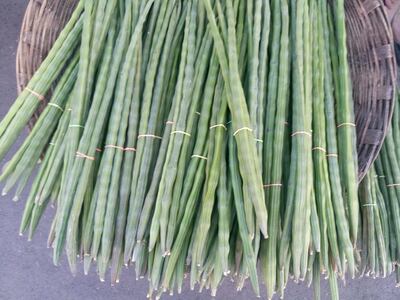
Why is it good for you? It's one of India's best-known superfoods with a reputation that has spread throughout the world, particularly in its moringa leaf form. Parts of this tree have been used in traditional medicine practices to treat all sorts of ailments, from neurodegenerative diseases to diabetes and infections. It is high in a range of vitamins, most prominently Bs, calcium and iron, and is also said to boast anti-inflammatory properties.
Mulukhiyah
What is it? The leaves of Corchorus olitorius are particularly prevalent in Middle Eastern and African cooking. It's also known as jute leaf or Egyptian spinach. Families across the region will be familiar with the popular dish of mulukhiyah or molokhia stew. But you can also eat the leaves raw, in salads, or sauteed as a side dish. You might even want to pop them in a smoothie.
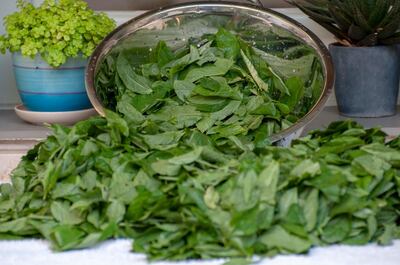
Why is it good for you? These leaves pack a nutritional punch, and they're said to have more than 30 vitamins, minerals and trace elements. It's got folic acid, vitamins C, A, E and K, as well as iron, potassium and magnesium. There's plenty of fibre in there, too. Purported health benefits include improved circulation and digestion, lowered cholesterol, anti-carcinogenic and anti-inflammatory properties, boosts to immunity and bone health, and it's even supposed to help you sleep better.
Yam
What is it? These starchy tubers can often be mistaken for sweet potatoes, but their size and appearance actually vary greatly. The yams we get here are often from India and this vegetable can be very versatile. Its uses are actually pretty similar to sweet potato. You can mash it, boil it, bake it, steam it or even stir-fry it.
Why is it good for you? It's super-high in vitamins C and B6, but also has a number of other B vitamins packed in there. It's got loads of dietary fibre and potassium, so it'll keep your digestive system healthy. It's high in carbohydrates, too, but they're complex, so you won't crash after eating it. In countries such as China and Japan, the humble yam has been used to treat illnesses such as diabetes and stomach disorders.
Tapioca
What is it? This is a starch extracted from the cassava root and it's native to parts of South America, but also grown in Sri Lanka, which is where we get a lot of our tapioca from here in the UAE. It's almost pure carbohydrates, so it's often used as flour in bread, for desserts, as a thickener and binding agent.
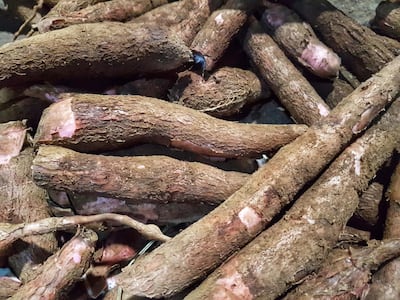
Why is it good for you? It's not packed with vitamins and minerals like the other ingredients on this list, but it is often used as a grain and gluten-free alternative flour in breads and desserts. So it's particularly good for people with dietary restrictions – with a lower price tag.
Fruit
Ash pumpkin or gourd
What is it? It's got many names – wax gourd, winter melon and white pumpkin – but here we often call it ash pumpkin or ash gourd. And you'll find that the fruit is grown here in the UAE. It's about the same size and colour (externally) as a watermelon, it tastes a bit like a cucumber and its flesh is often used in Chinese and Indian dishes. It's about 96 per cent water.
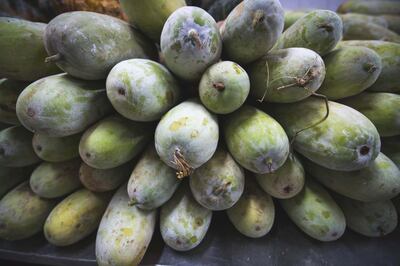
Why is it good for you? It's been used in traditional Chinese and Ayurvedic medicine for centuries, although there isn't a great amount of scientific research that's been done on its health benefits. It is, however, low in calories and fat, rich in fibre and antioxidants, and has plenty of vitamin C, riboflavin (B2) and zinc. It also has smaller amounts of iron, magnesium, phosphorous, copper and manganese, plus a few other B vitamins.
Coconut
What is it? We all know what coconut is; the fruit of the coconut palm is widely used as water, milk, oil and for its meat. Find it in both savoury and sweet forms, in everything from smoothies and desserts to curries and stir-fries. In the West, coconuts would be costly and hard to find. Here, they're readily available and very affordable.
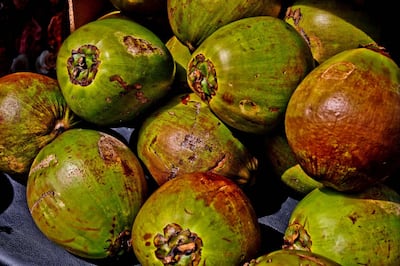
Why is it good for you? Beside the fact that they taste great, coconuts have all sorts of health benefits. They're full of antioxidants, good fats, fibre and protein, a number of minerals and offer small amounts of B vitamins. They pack in manganese, copper, iron, selenium, phosphorous and potassium. Studies have shown the fruit may also benefit your heart health and help control blood sugar. But they're also full of calories, so go easy.
Guava
What is it? The guava we get here hails from South East Asia, from countries such as Vietnam or Thailand. It's an oval fruit that's either light green or yellow, and its seeds and leaves are edible, alongside its flesh. When it's ripe, it's quite sweet, while the unripened fruit is fairly sour. You can eat it raw, mulch it up into a paste and use it in cooking and baking. Guava leaves can also be steeped in boiling water and made into a tea.
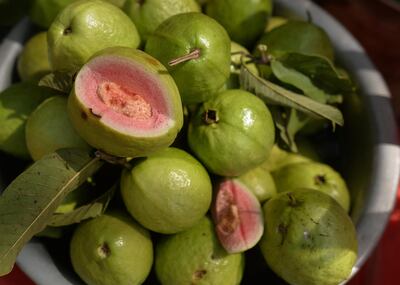
Why is it good for you? It's actually been dubbed by media outlets as the "ultimate superfood". It's rich in antioxidants, vitamin C, potassium, folate, copper and fibre, but there are also some studies that have shown it may help reduce blood sugar levels, boost heart health, relieve pain association with menstruation, benefit digestion, aid weight loss and even stop the growth of cancer cells. It may also help prevent wrinkles and boost immunity – something we all need right now.
Mangosteen
What is it? This fruit is native to island nations of Southeast Asia, so we'll get ours here in the UAE from the likes of Indonesia or Thailand. It's a bit sweet and a bit sour, and very moreish. It'll appear a deep purple when ripe, with bright white flesh inside, which you can scoop out and eat raw. They can also be juiced and added to desserts.
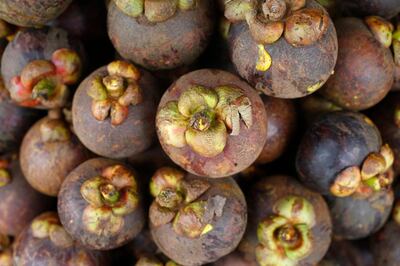
Why is it good for you? It's low in calories but high in nutrients. It's got vitamin C, folate, riboflavin, thiamine, manganese, copper and magnesium. Plus there's loads of dietary fibre in there. It's rich in antioxidants, is said to have anti-inflammatory properties and might have cancer-fighting effects. Overall, it boosts our immune systems, but may also benefit our heart, brain and digestive health.
Rambutan
What is it? The fruit produced from the rambutan tree is native to Indonesia and other tropical regions in Southeast Asia. It gets its name from the Malay word for "hair", because its green and red shell is hairy (it almost looks like a sea urchin). It's similar to lychee when peeled and its translucent flesh, which covers one big seed, can be eaten raw. It tastes sweet and creamy, so you can also juice it or pop it in a sweet curry in place of pineapple.
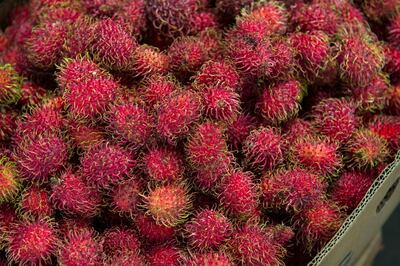
Why is it good for you? Fibre, vitamin C and copper – it's particularly rich in these. But it also has manganese, phosphorous, potassium, magnesium, iron and zinc. It's good for digestion and might also help fight infection.
Dates
What is it? Let's not forget one of this region's star attractions: the humble yet powerful date. This sweet fruit comes from the date palm and can be used in a range of ways. They can be added to smoothies and salads, made into a paste, or simply eaten raw and in its original form – to name a few. It's also a great, natural alternative to using sugar in dishes. The medjool variety is arguably the most popular here.
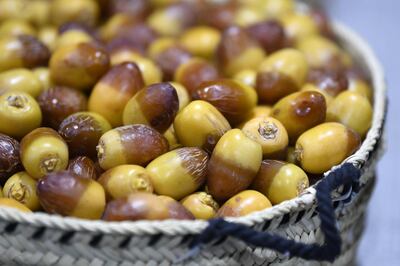
Why is it good for you? Dates are high in sugar, so there are a fair few calories, but they're also a nutritional powerhouse – and you don't need many to reap the benefits. Each one has lots of potassium, magnesium, copper, manganese, iron and vitamin B6, but also antioxidants and fibre. Dates are supposed to promote bone health and help control blood sugar. These little fruits have even been studied for their potential to promote natural labour in pregnant women, although more research is needed to confirm these effects.
